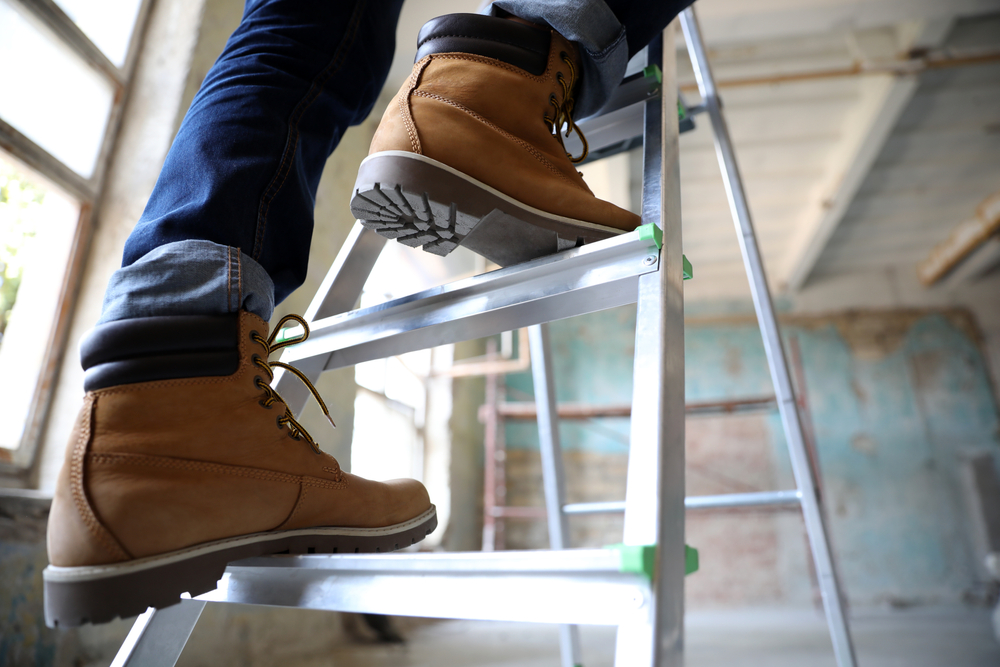What’s Up with Ladder Safety?
What’s up with ladder safety? Three tips for staying safe
Ladders are effective tools for reaching high shelves and work zones, but if used incorrectly, they can also be one of the most dangerous tools on the job. According to the Centers for Disease Control (CDC), 81% of fall injuries involve ladders. Here are three key tips for maintaining ladder safety on the job.
Following good safety practices eliminates or reduces the hazards associated with extension ladders
Extension or portable ladders typically have two sections that adjust in length to fit the user’s working conditions. But they require a stable structure that can withstand the user’s weight. The Occupational Health and Safety Administration’s (OSHA) ladder fact sheet is an excellent resource for training personnel to operate ladders safely. It outlines the keys to inspecting the ladder’s structure and surroundings, supporting the ladder, and climbing it properly.
A “competent person” should inspect ladders regularly.
OSHA defines a competent person as someone who, “by training and/or experience knows applicable safety standards, identifies workplace hazards relating to a specific operation, and has the authority to correct them. In the case of ladders, a competent person should look for defects such as “missing rungs, bolts, cleats, screws, and loose components.” When an inspection reveals a problem, the competent person should mark the ladder as defective and remove it from service until it is repaired.

When you use a ladder, remember the three keys to ladder safety – inspection, surroundings, climbing.
Is the ladder safe? Before you step foot on a ladder, give it a visual inspection. Find a ladder safety checklist here.
Next, examine the area around where you plan to use the ladder. What is the weather like? Are there potential hazards? Is there a firm place to support the ladder? Being aware of your surroundings helps you stay safe.
Climbing a ladder safely takes vigilance. Don’t climb with tools in your hands. Make sure you are centered on the ladder. Always keep two hands and one foot — or one hand and both feet — on the rungs and side rails.


